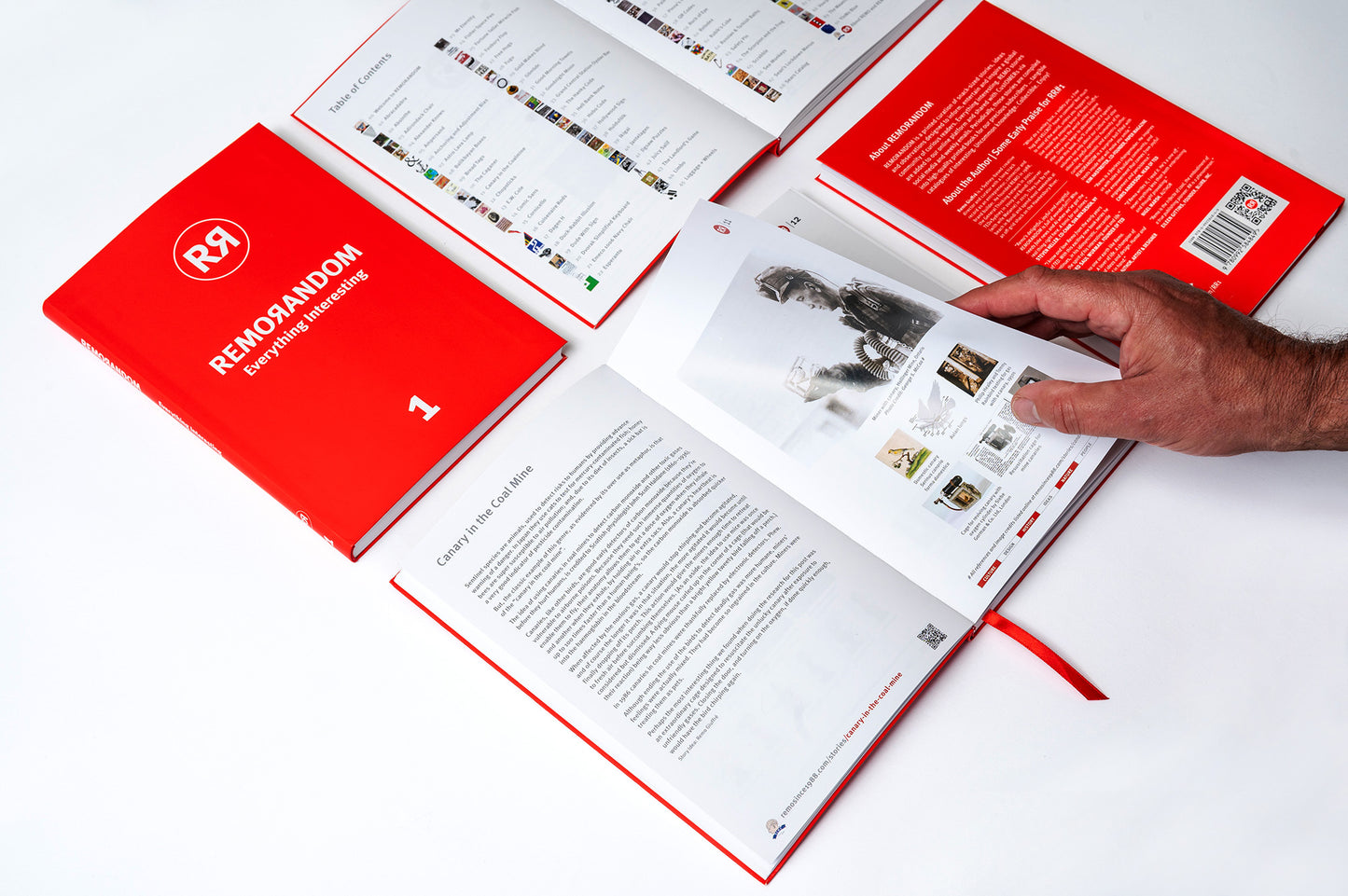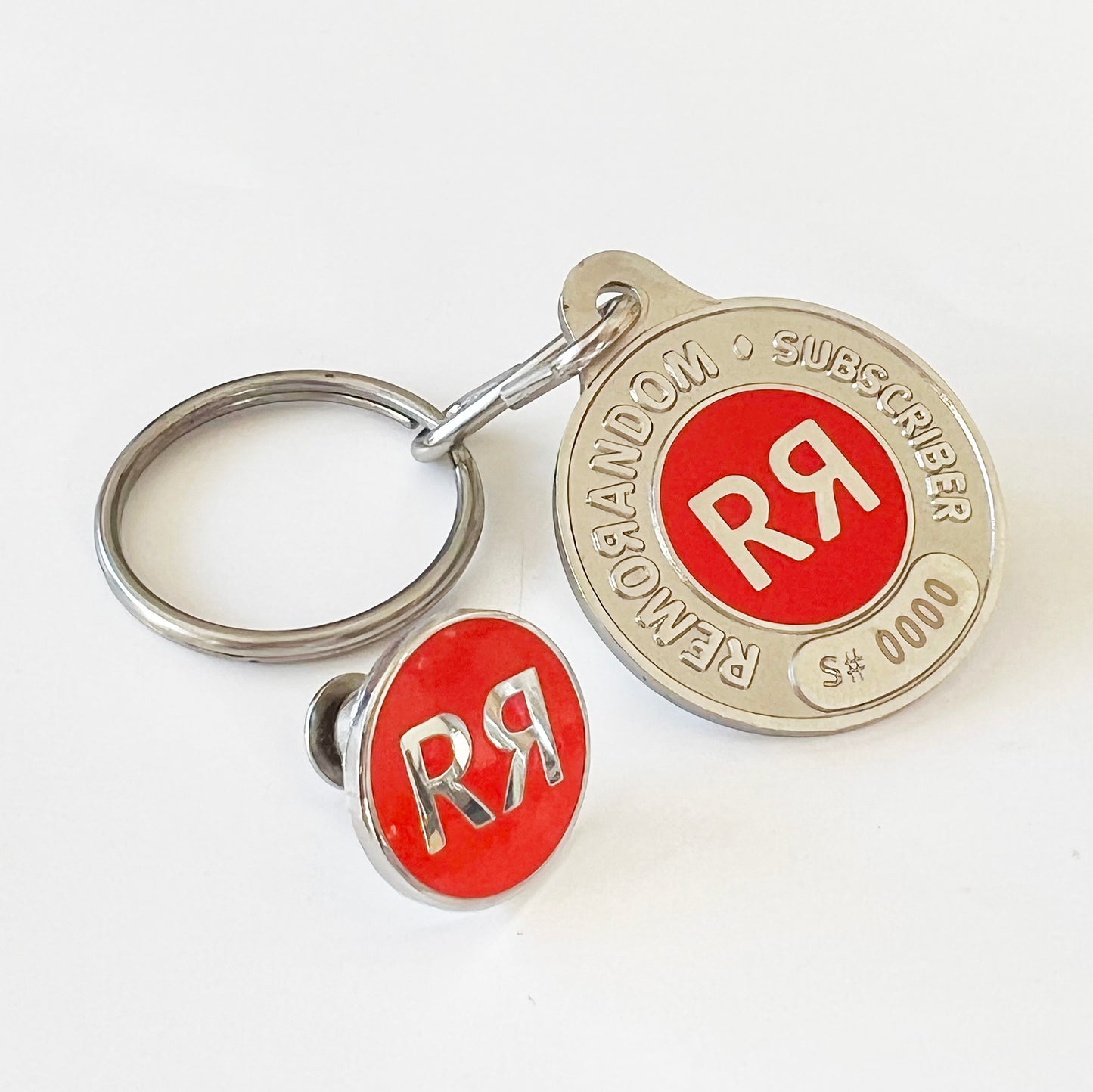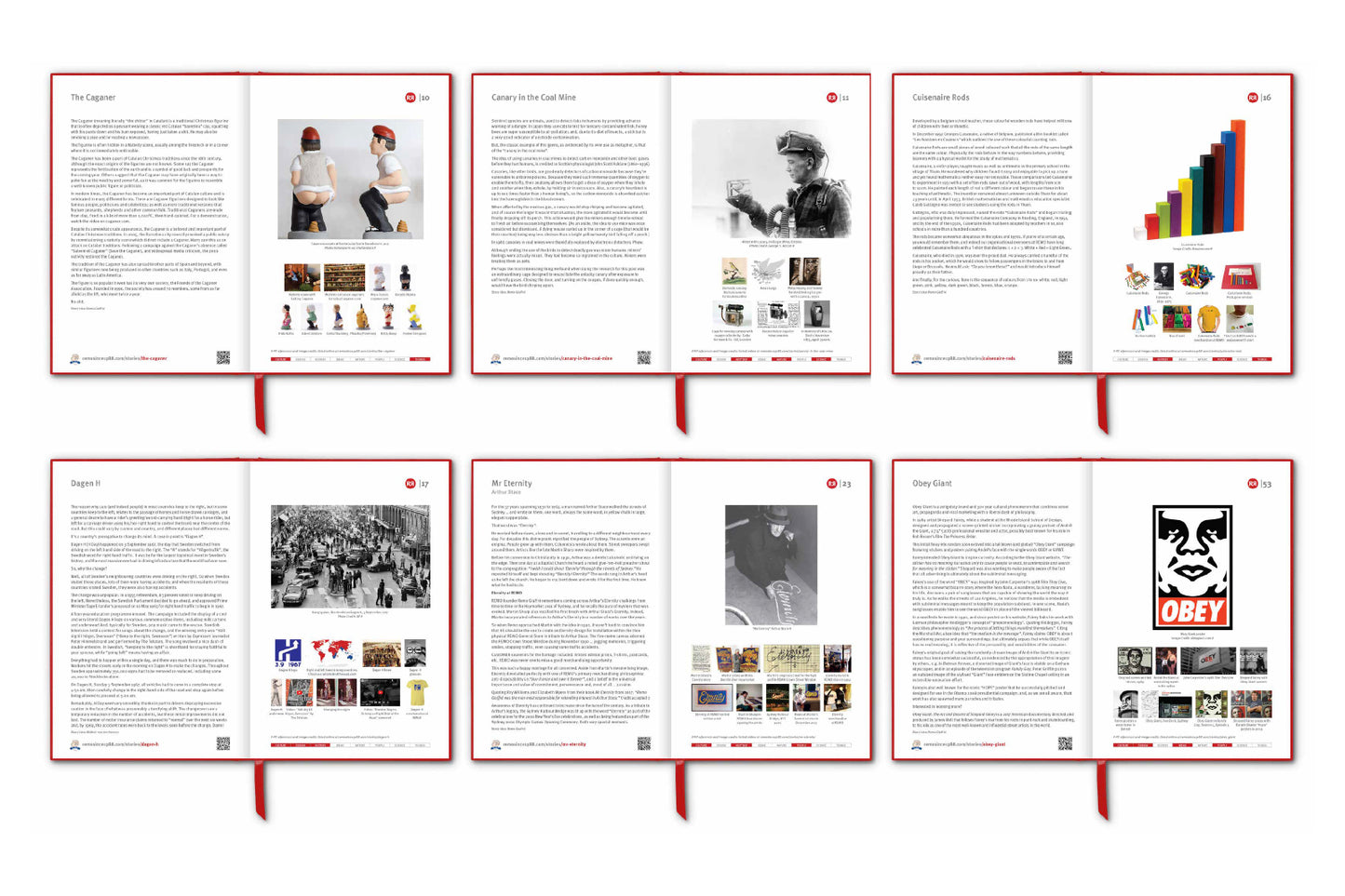Honey is a miracle, don’t you reckon?
Bees produce honey by gathering and then refining the sugary secretions of plants … primarily floral nectar. This refinement takes place both within individual bees, through regurgitation and enzymatic activity, and during storage in the hive, through water evaporation, aided by the bees’ flapping wings, that concentrates the honey's sugars until it is thick and viscous.
Honey is composed primarily of sugars (like fructose and glucose) and contains small amounts of water, vitamins, minerals and enzymes.
Did you know that honey doesn’t spoil? Offered to the gods, and excavated from ancient Egyptian tombs, sealed pots of honey remain unspoiled. Honey’s eternal shelf life is due to its low moisture content and acidic pH. [Ed: Preppers, take note]
Honey is also rich in calories and mythically sustaining. Indeed, the Christian New Testament tells us that John the Baptist lived for a long of time in the wilderness on a diet that consisted solely of locusts and wild honey.
Honey has natural antibacterial and antimicrobial properties. It contains hydrogen peroxide, a byproduct of an enzyme from the bee’s stomach when mixed with the nectar. Hydrogen peroxide is a natural antiseptic, and is often used to treat wounds and burns. The low moisture content and acidic pH of honey also inhibits the growth of bacteria. Bacteria or microorganisms just die. They are essentially smothered by the honey.
Honey has been used for centuries to heal wounds and burns. The earliest recorded use of honey for medicinal purposes comes from Sumerian clay tablets, which state that honey was used in 30% of prescriptions. The ancient Egyptians used medicinal honey regularly, making ointments to treat skin and eye diseases. “Honey was used to cover a wound or a burn or a slash, or something like that, because nothing could grow on it – so it was a natural bandage,” explains Amina Harris, executive director of the Honey and Pollination Center at the Robert Mondavi Institute at University of California, Davis in a Smithsonian Magazine article from 2013.
Honey is also rich in antioxidants, which help protect the body from damage by free radicals, and honey's anti-inflammatory properties can help reduce inflammation in the body, potentially reducing the risk of inflammatory diseases.
Here are some other random things about honey that you may find interesting:
To produce a single kilogram of honey, a colony of bees needs to collectively fly approximately 200 km, and around two million flowers are involved in this process.
Every bee in the colony has a specific role based on their age and the needs of the colony. The average worker bee lives for just five to six weeks. During this time, she’ll produce around a twelfth of a teaspoon of honey.
The queen bee has the vital role of laying eggs, sometimes up to 2,500 per day. If the queen bee dies, workers will create a new queen by selecting a young larva (the newly hatched baby insects) and feeding it extra quantities of a special food called “royal jelly“. This enables the larva to develop into a fertile queen.
Bees “waggle dance”, moving in a figure-of-eight, to communicate with their fellow bees. The dance’s direction signifies the direction of the food, while the dance’s speed indicates the distance to the food source.
Honeybees are masters of adaptation. During winter, when the temperatures drop, bees huddle together to form a “winter cluster”. They vibrate their bodies in unison, creating heat and aiding their survival. Simultaneously, they consume the honey they’ve diligently collected over the warmer months, using it as an energy source to keep going.
And finally, on an existential note, the role that bees play in agriculture is so significant that it’s estimated that one-third of the food that we consume relies on pollinators like bees. Another miracle worth preserving.
_____________
References
wikipedia.org/wiki/Honey
wikipedia.org/wiki/Royal_jelly
smithsonianmag.com/science-nature/the-science-behind-honeys-eternal-shelf-life
heavenlyhoneycompany.com/fun-facts-about-honey-that-you-didnt-know
natgeokids.com/au/discover/animals/insects/honey-bees
Images
1. Honey
2. Honey bee
3. Honey bee extracting nectar from flower
4. Honey bee making honey
5. Ancient Egyptian beekeeper
6. Egyptian hieroglyphs
7. Honey in a prepper's pantry
8. Applying honey to a wound
9. Winnie-the-Pooh, the fictional anthropomorphic teddy bear created by English author A.A. Milne and English illustrator E.H. Shepard really loves honey.





































































